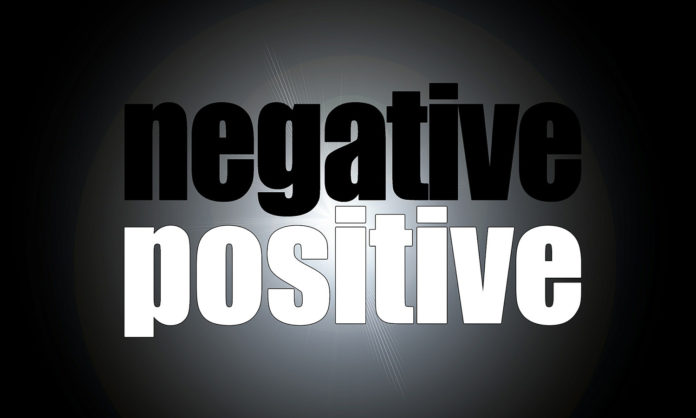
In a post on Writers in the Storm, Lynette Burrows says writers should understand the difference between an antagonist in your novel and the general forces of antagonism.
It’s axiomatic that the more powerful your antagonistic forces, the stronger and more compelling your hero must become to face them. However, many writers create an antagonist – a single villain – without taking account of all the forces that can align against our protagonist. These forces include anything that slow our hero’s movement toward their goal. “When a child begs her mom to stay home or a sidekick gives her a strongly worded warning or a flood forces her to change her route, those are all expressions of antagonism,” Burrows explains. These extra forces also help you add layers to your story, as your protagonist has to overcome a horde of obstacles, large and small.
In his book, Story, Robert McKee divides these forces into four elements: positive, contradictory, contrary, and the negation of the negation.
- Positive: concepts like justice or honesty. Substitute in the value your protagonist seeks.
- Contradictory: concepts that are opposite the positive, such as injustice or deceit. These elements are in direct conflict with the positive. If one is true, the other cannot be.
Many stories rely on the struggle between positive and contradictory, but additional forces of antagonism can make your story richer and more textured, Burrows says. This is where the next two elements come in handy.
- Contrary: the compromise between positive and contradictory. If your positive element is justice, your contrary element could be unfairness. It’s not as bad as injustice, but it doesn’t sit well. Similarly, a half-truth or exaggeration are neither truth nor lie, but something in between.
- The Negation of the Negation: a negative disguised as a good thing. Tyranny is not justice or freedom, but is often framed as being for the good of the people. Someone might lie to you “for your own good.”
Now that you have these four elements in place, you can play them against each other to add layer and nuance to your story. “Perhaps you start with an injustice done to your primary character,” Burrows says. “She sets out to find justice, but the legal system isn’t fair, then perhaps she discovers a lawmaker who wields his power in a tyrannical way. Slowly, you build each case of unfairness and injustice and reveal the tyranny.” Burrows walks through another example using “empowered” as her positive element, and powerless, safe, and self-destruction in the other three corners.
“Use the forces,” Burrows says. “The frame of a story empowers you to build a story and conflict with a depth of character and conflict that compels your reader to find out what happens next.”











